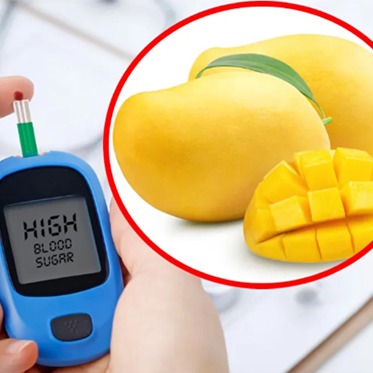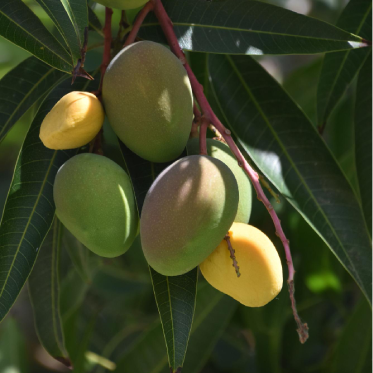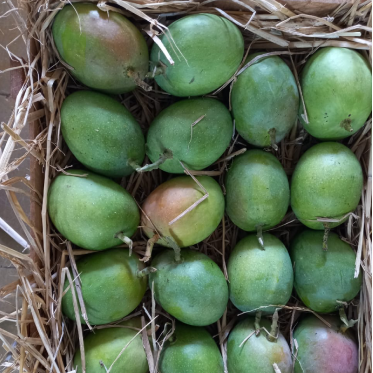What is the Glycemic Index (GI)?
The Glycemic Index (GI) is a ranking system that measures how quickly a carbohydrate-containing food raises blood glucose (sugar) levels after consumption. Foods are ranked on a scale of 0 to 100, with glucose having a GI of 100.
Low GI: 55 or less (slow rise in blood sugar)
Medium GI: 56–69 (moderate rise in blood sugar)
High GI: 70 or more (rapid rise in blood sugar)
Factors Affecting GI
Type of carbohydrate: Simple sugars have higher GI than complex carbs.
Ripeness: Ripe fruits have a higher GI due to increased sugar content.
Fiber content: High-fiber foods tend to have a lower GI.
Fat and protein: Meals containing fat or protein slow digestion, lowering the GI.
Cooking and processing: Highly processed or cooked foods often have a higher GI.
Alphonso Mango Glycemic Index
The Glycemic Index of Alphonso mangoes typically ranges between 51–58, making it a low to medium GI food. However, the exact GI can vary depending on factors like ripeness and preparation method.
Low GI (unripe or less ripe Alphonso mangoes): Slightly lower in sugar, higher in fiber.
Medium GI (fully ripe Alphonso mangoes): Higher natural sugar content.
Impact of Alphonso Mango on Blood Sugar
Alphonso mangoes, being a tropical fruit, are rich in natural sugars like fructose and glucose but also contain dietary fiber, which helps moderate blood sugar spikes.
In moderate portions (e.g., a slice or 100 grams), Alphonso mangoes can be a part of a balanced diet, even for individuals managing blood sugar levels, such as those with diabetes.
Tips for Including Alphonso Mango in a Low-GI Diet
Combine with protein or fat: Pairing mango with nuts, yogurt, or cheese can lower the overall GI of the meal.
Limit portion sizes: Stick to small servings to avoid excessive sugar intake.
Choose less ripe mangoes: These have a slightly lower GI due to higher resistant starch content.
By consuming Alphonso mangoes mindfully, one can enjoy their flavor without significantly impacting blood sugar levels.
The Glycemic Index (GI) of Kesar mangoes is estimated to be in the range of 40 to 55, classifying it as a low to medium GI fruit. The GI of Kesar mangoes may vary depending on factors such as ripeness and preparation method.
Why Kesar Mangoes Have a Low to Medium GI
Natural Sugars: Like other mangoes, Kesar mangoes contain natural sugars (glucose, fructose, and sucrose), which contribute to their sweetness.
Fiber Content: The dietary fiber in Kesar mangoes slows down the digestion and absorption of sugars, moderating blood sugar spikes.
Ripeness: Less ripe Kesar mangoes have a slightly lower GI than fully ripe ones because they contain more resistant starch.
Health Considerations
For Diabetics: Kesar mangoes, when consumed in moderation (e.g., 100 grams or less), are generally safe for people managing blood sugar levels, provided they are part of a balanced diet.
Portion Control: Small servings help minimize the glycemic load (GL), which considers both the GI and the carbohydrate content of the portion size.
Tips for Enjoying Kesar Mango in a Diabetes-Friendly Diet
Combine with Protein or Healthy Fats: Pair Kesar mango with nuts, seeds, or Greek yogurt to reduce the glycemic impact.
Avoid Overripe Mangoes: Overripe mangoes have higher sugar content and a slightly higher GI.
Consume Whole Mangoes: Whole mangoes retain their fiber, unlike mango juice or pulp, which has a higher GI.
In summary, Kesar mangoes are a flavorful, nutrient-rich fruit with a GI that makes them suitable for occasional consumption, even for those mindful of blood sugar management.












